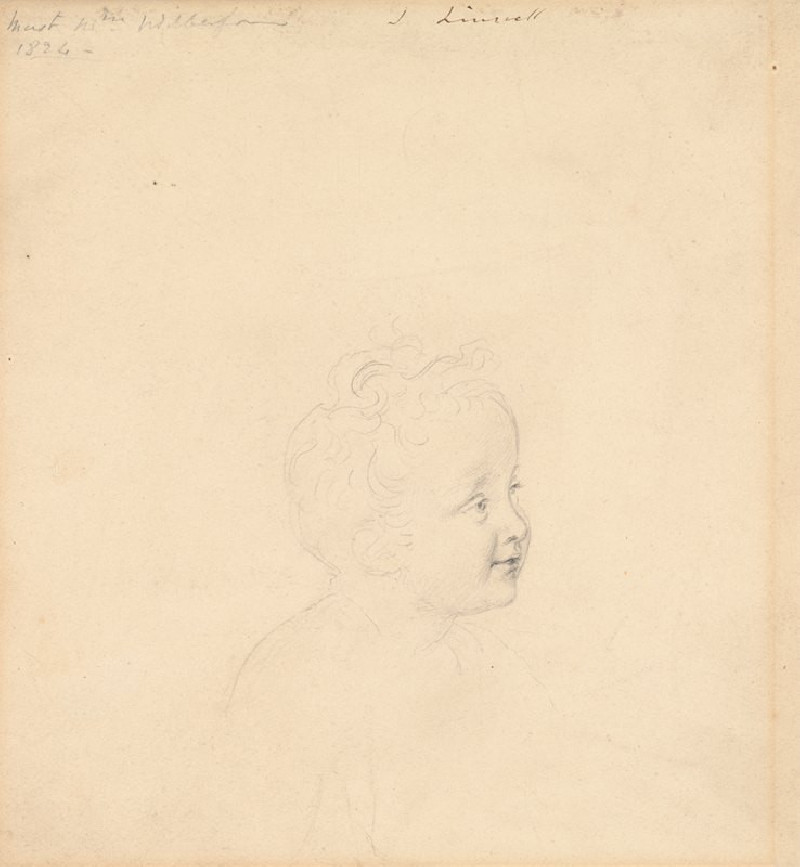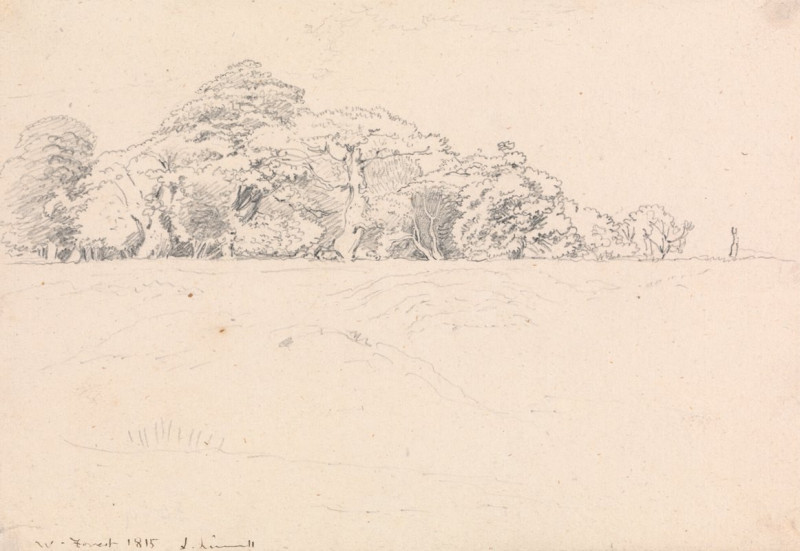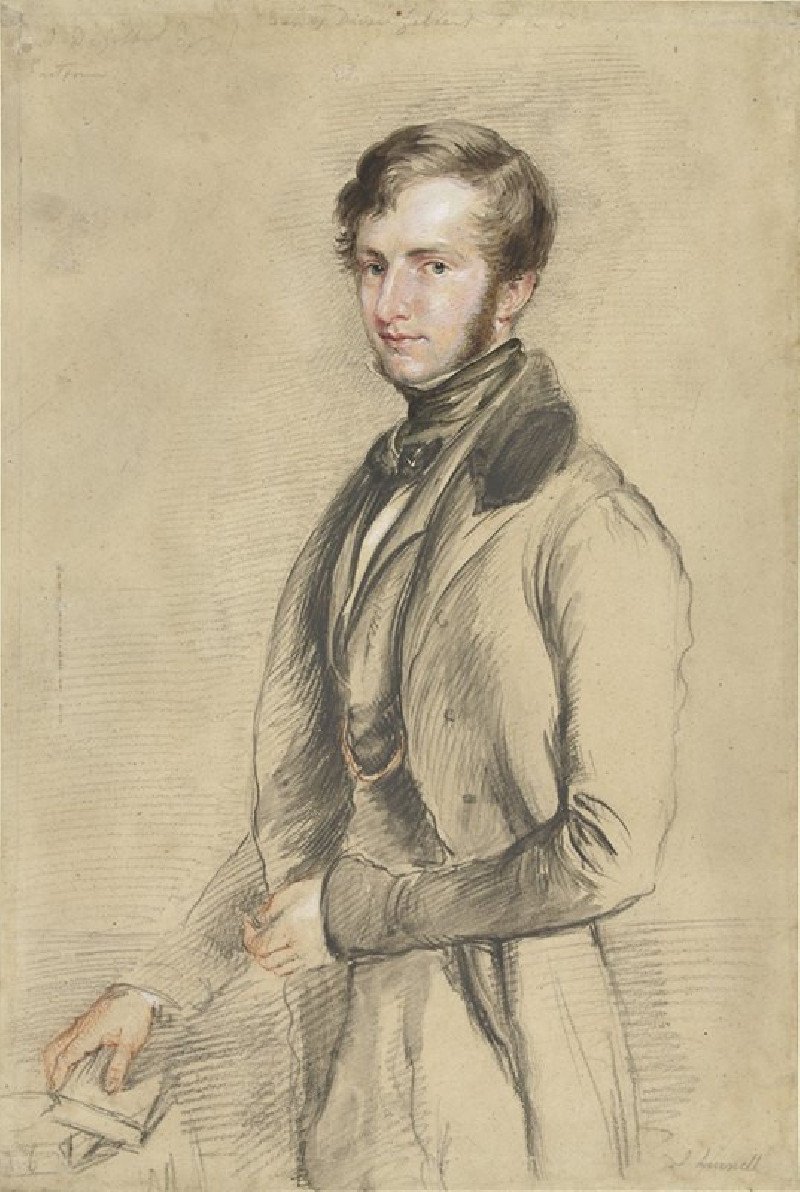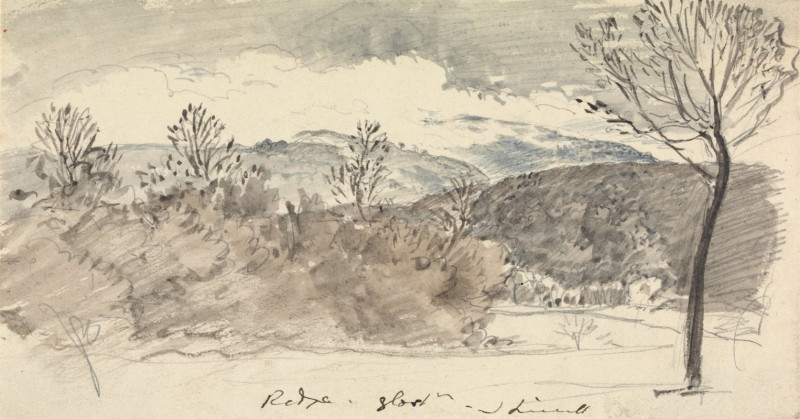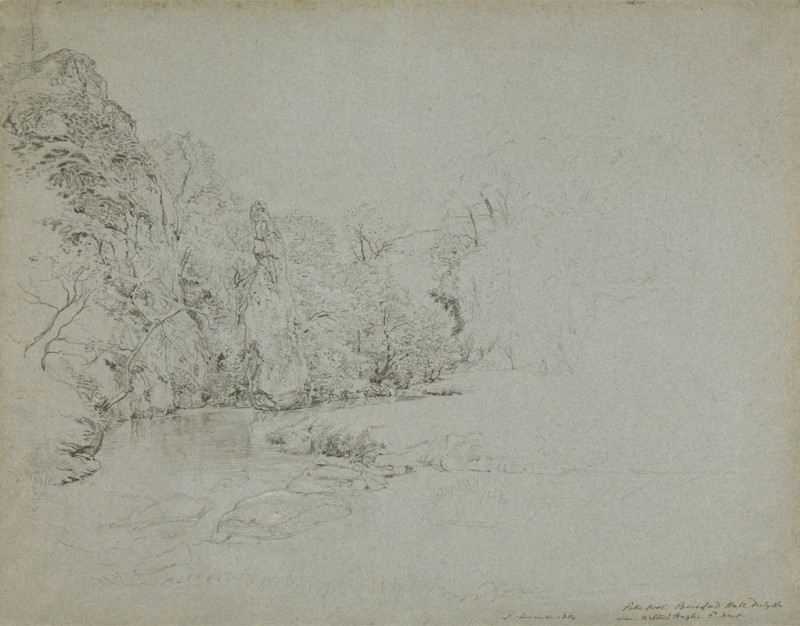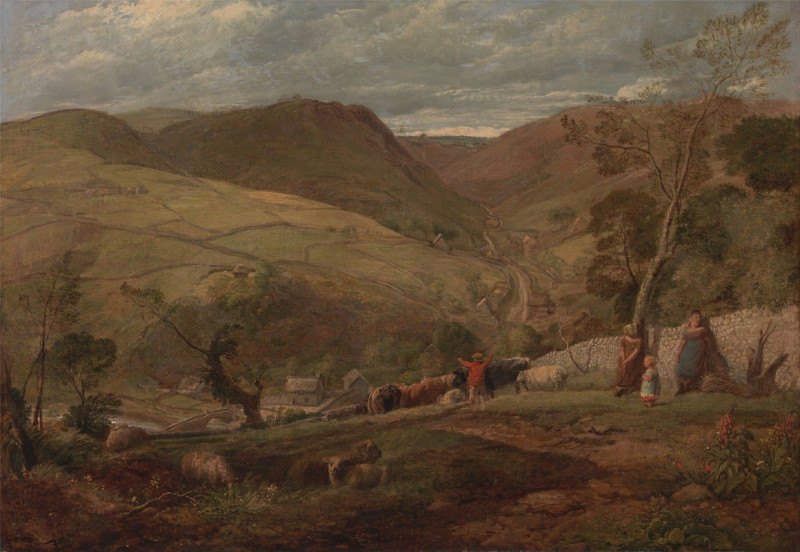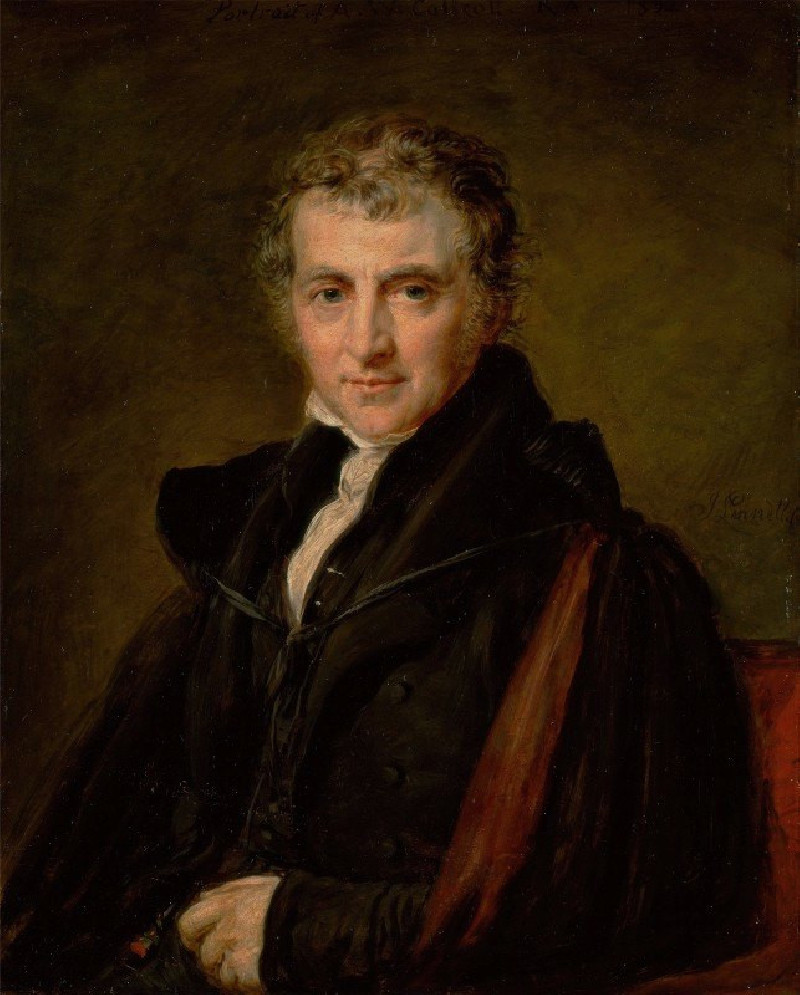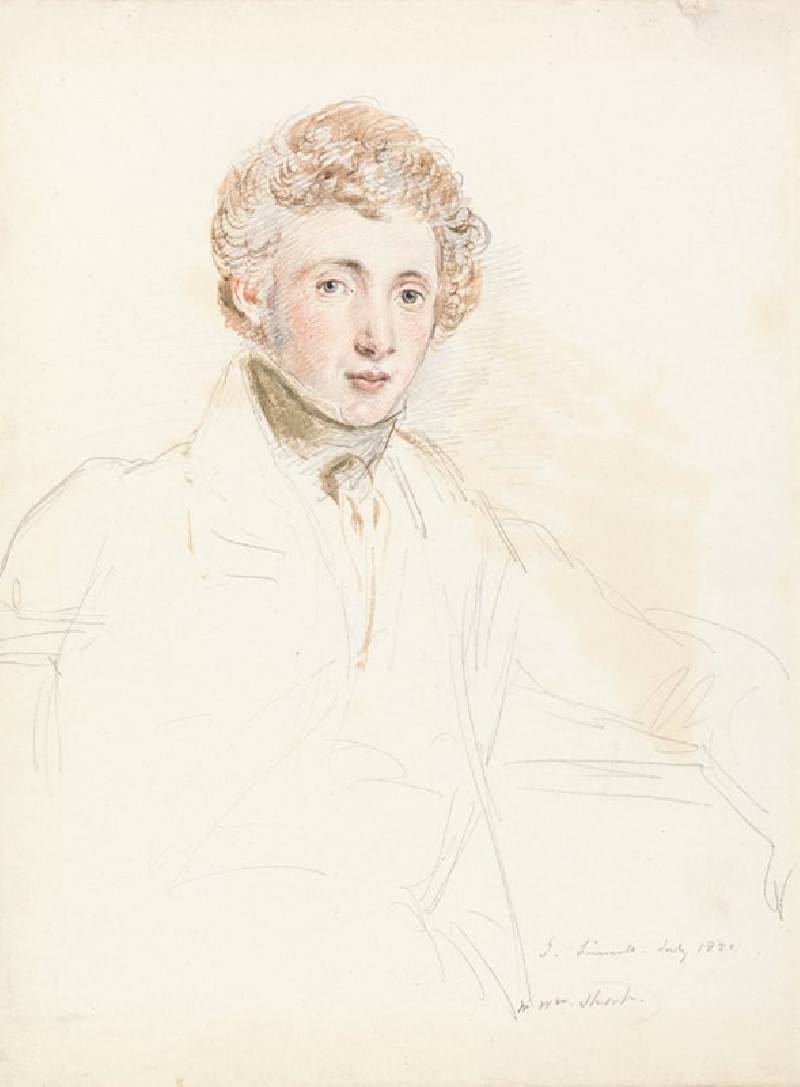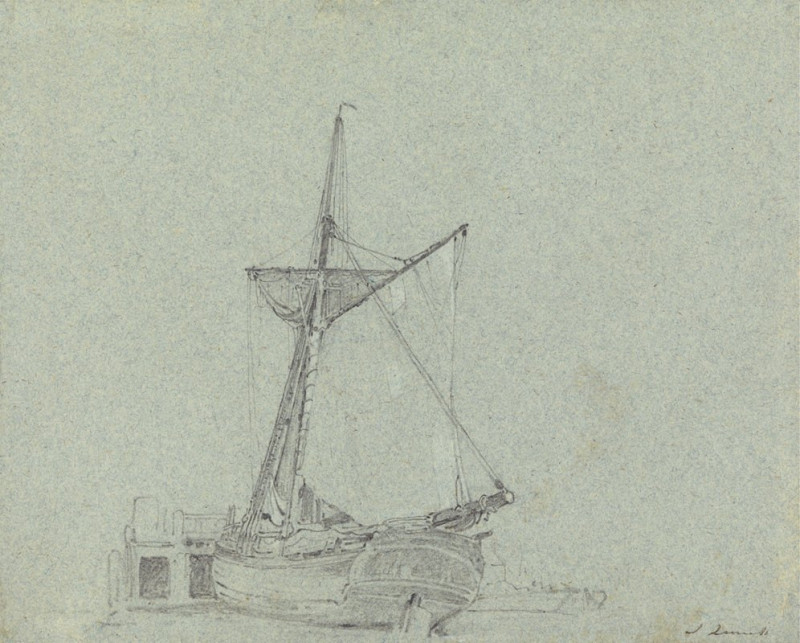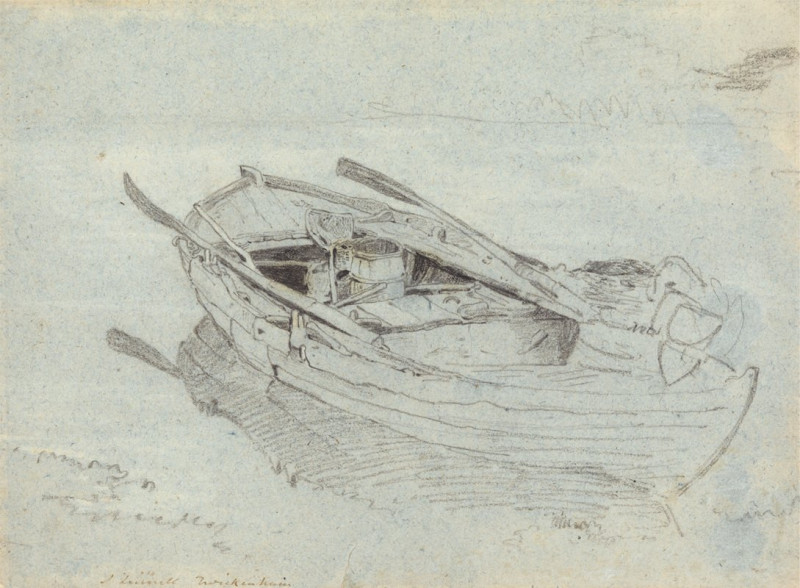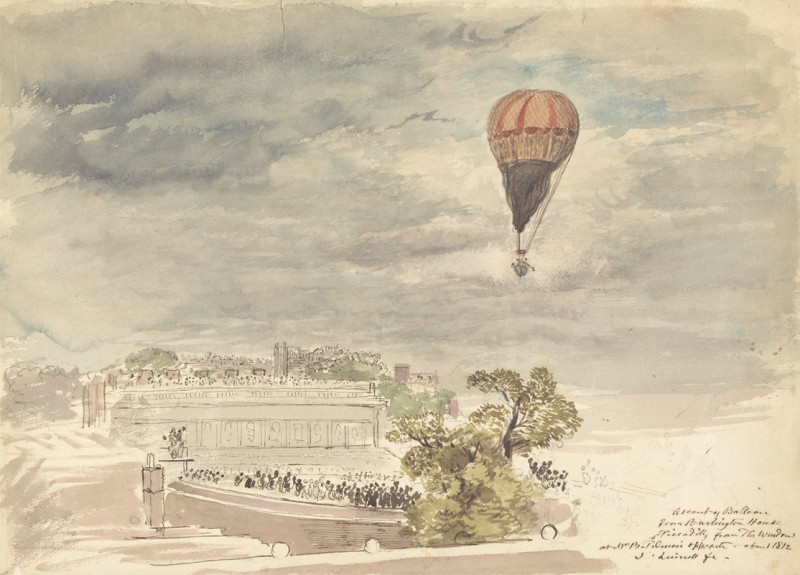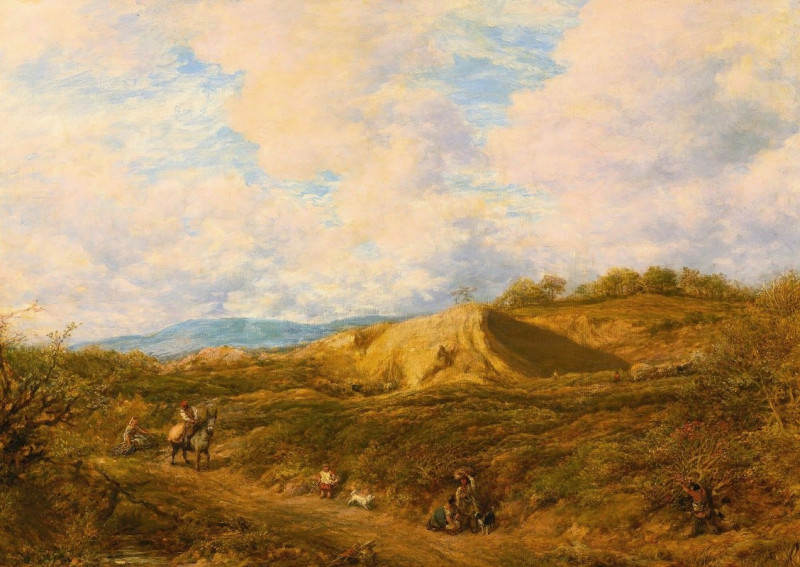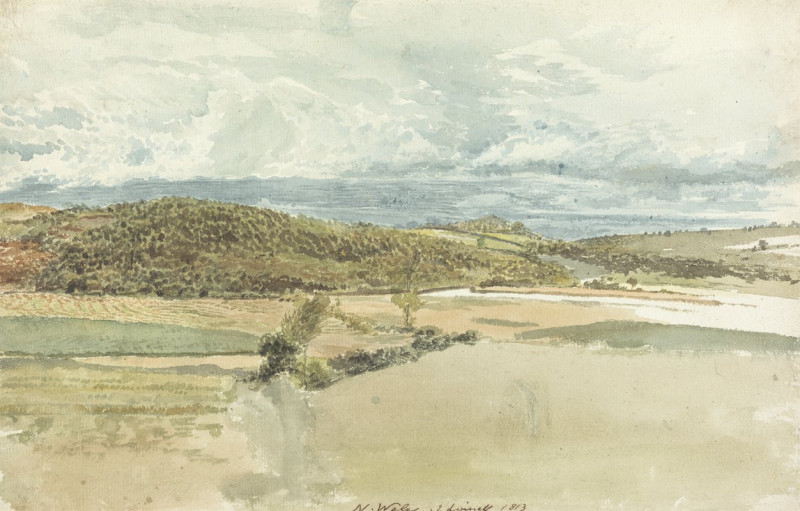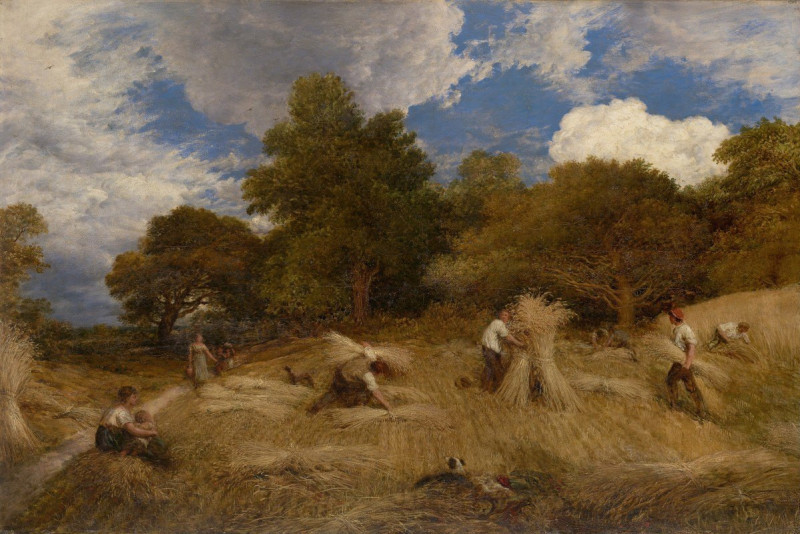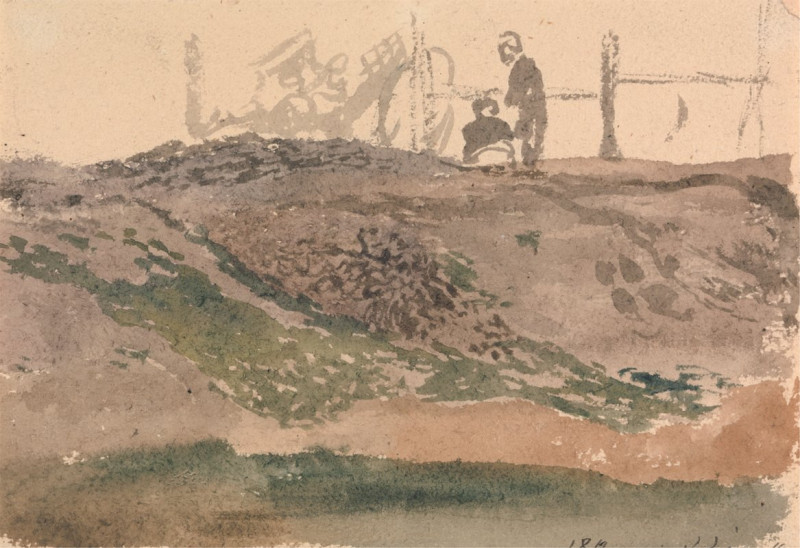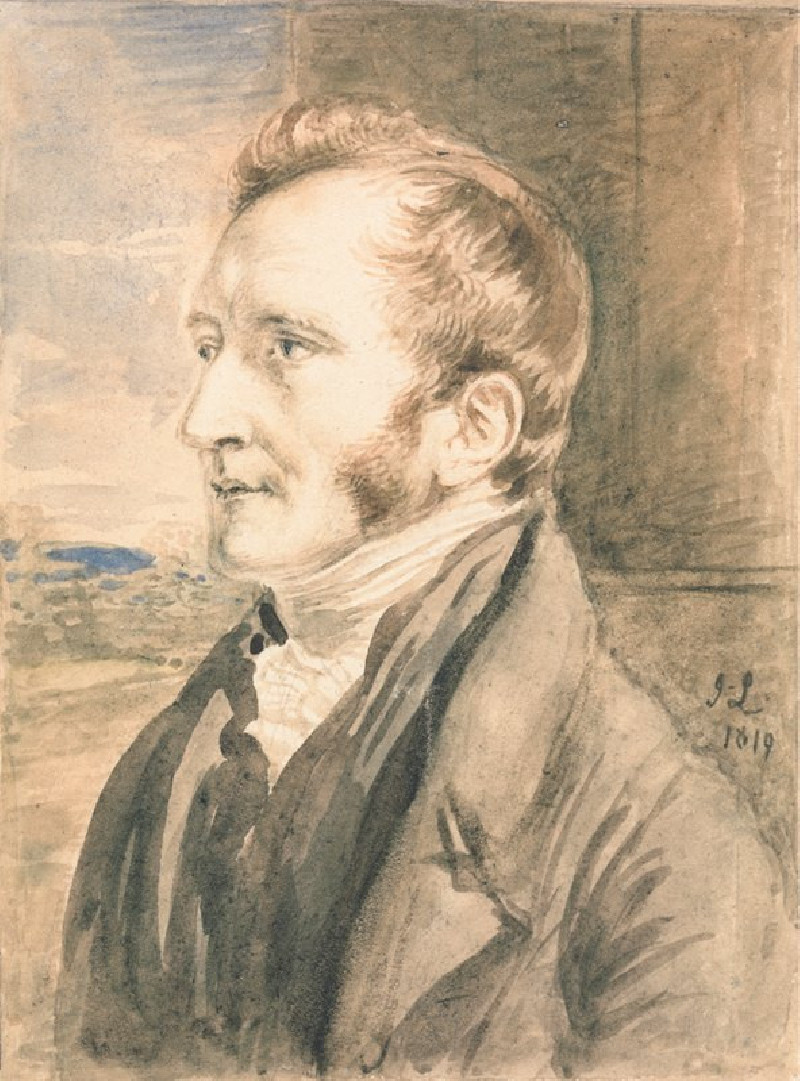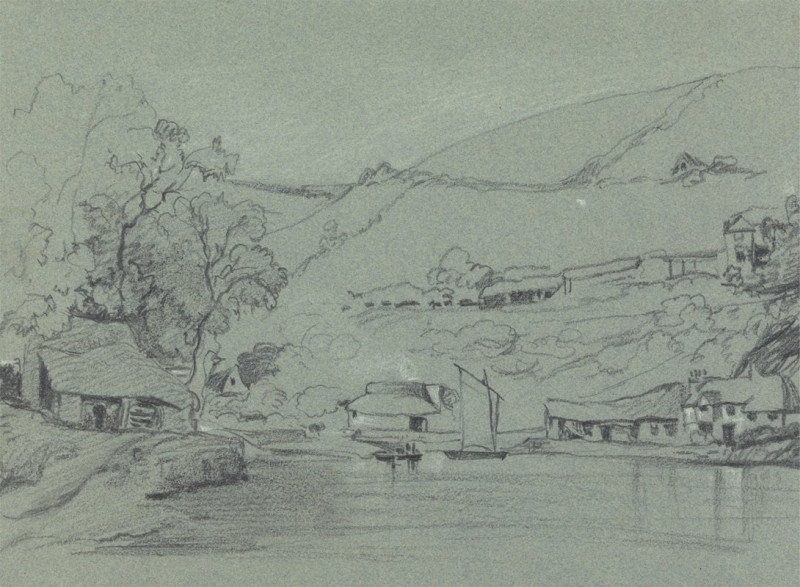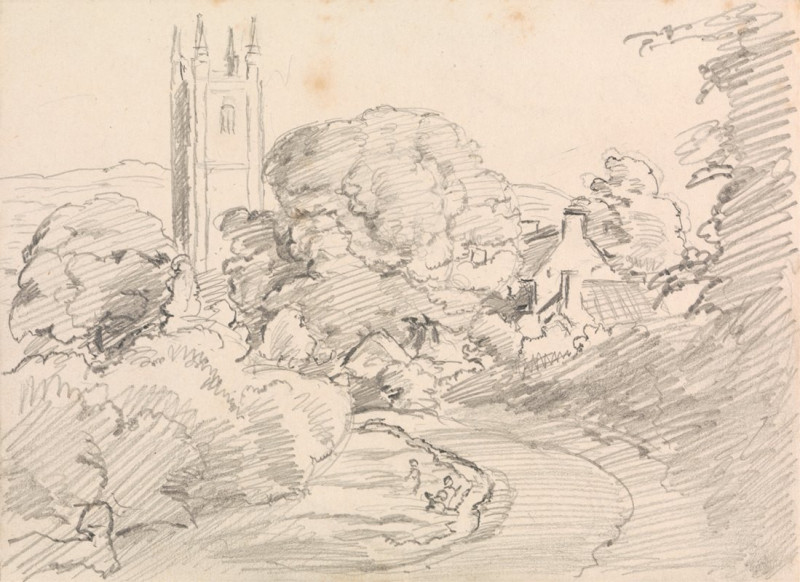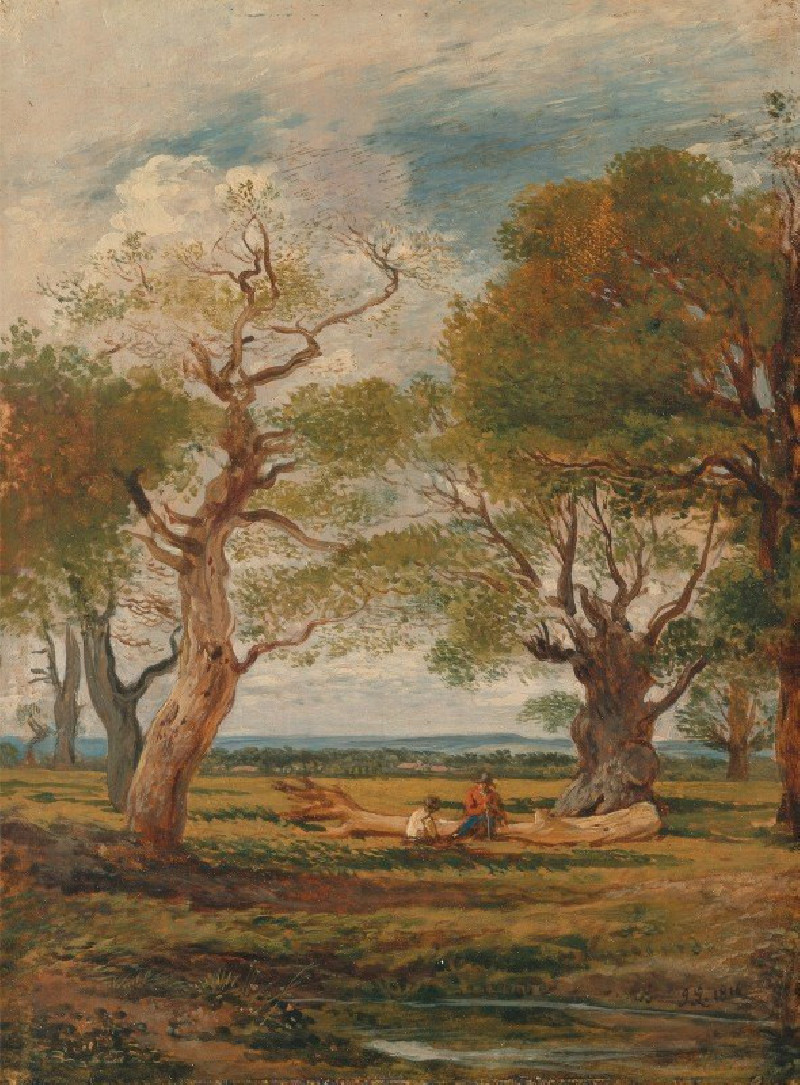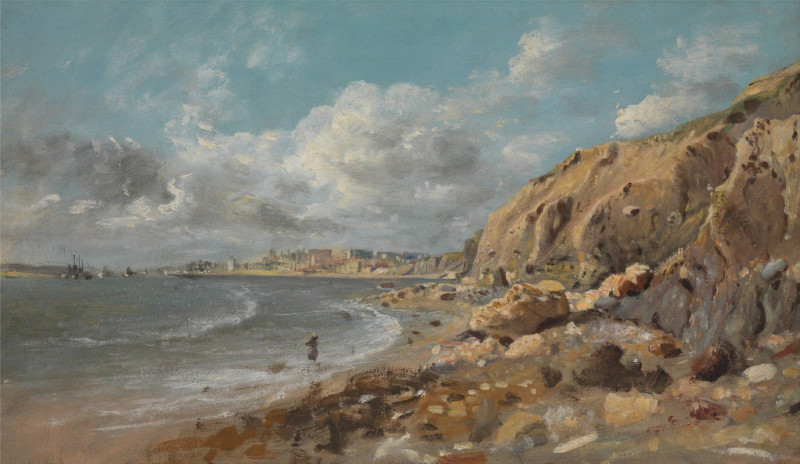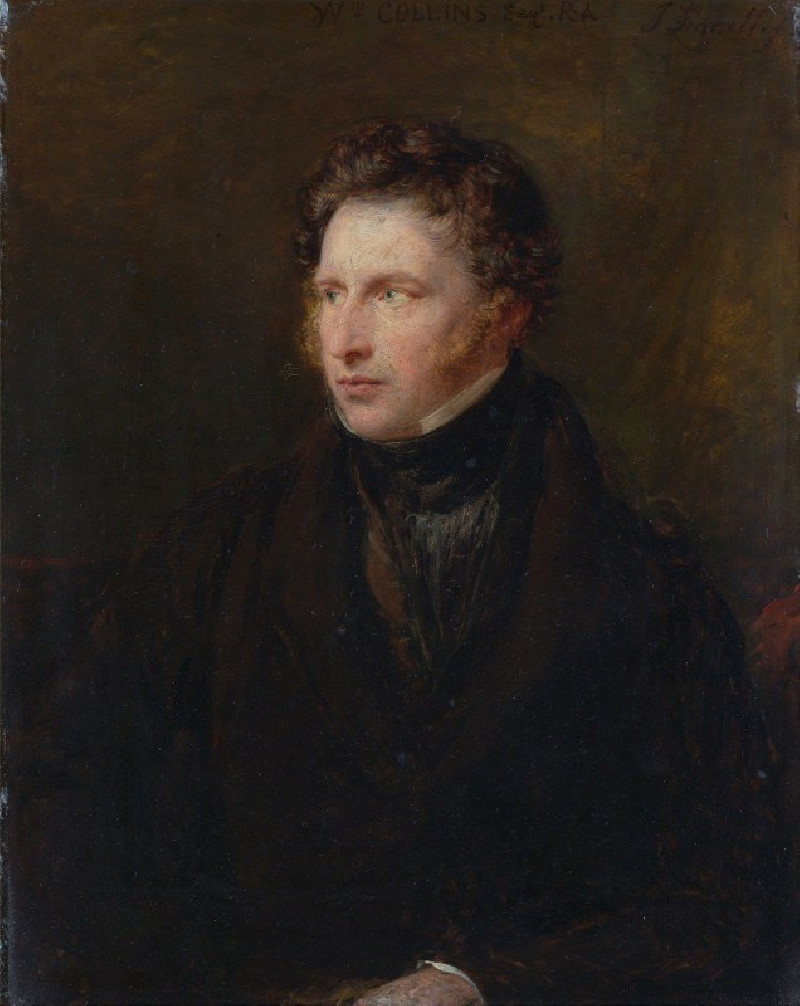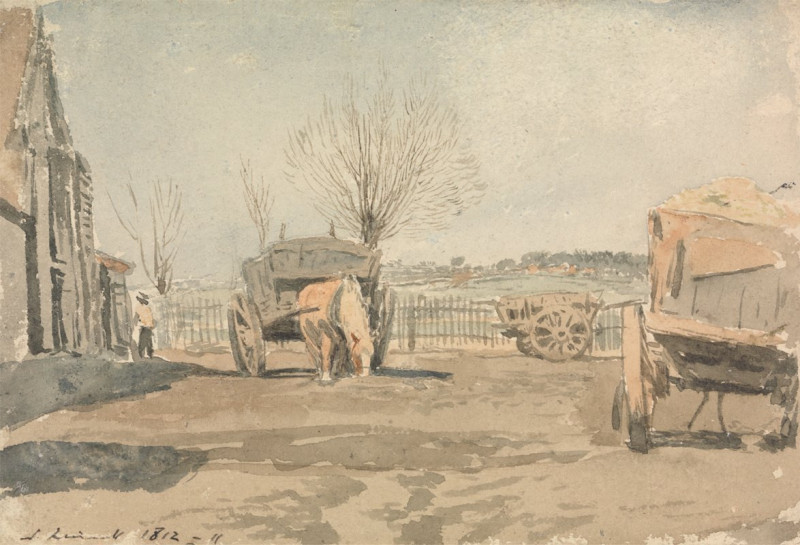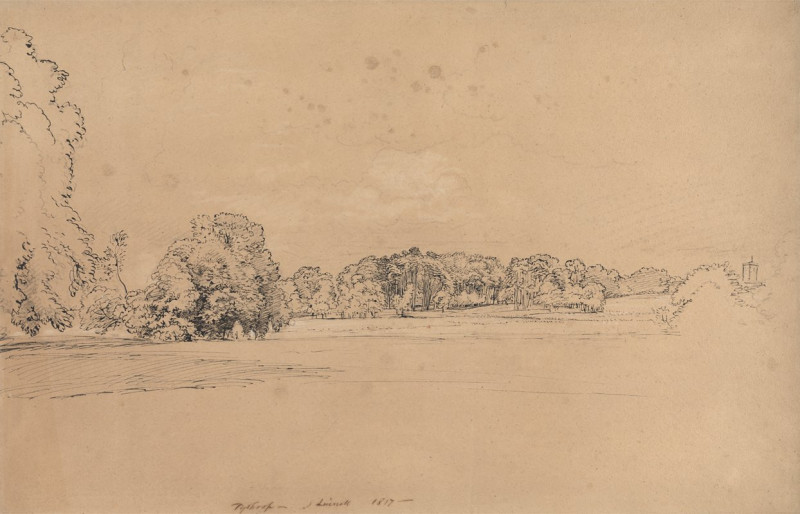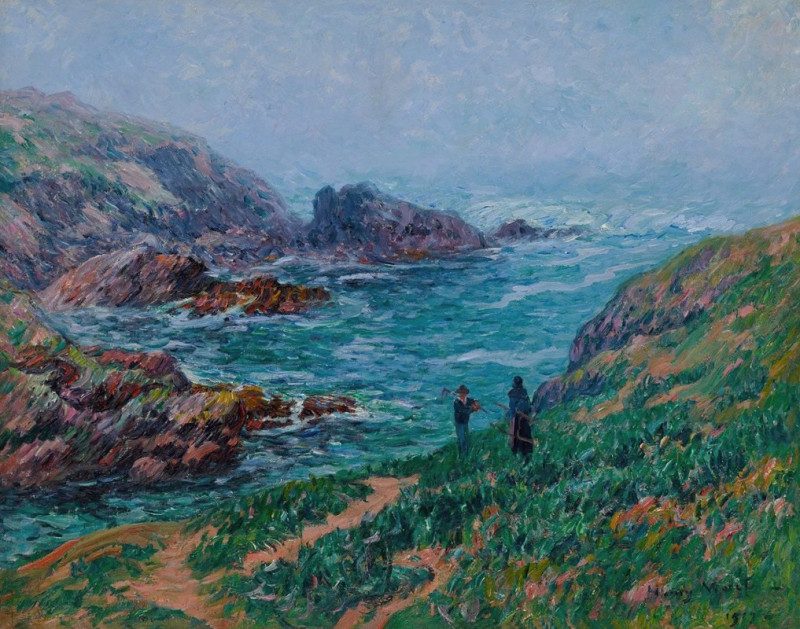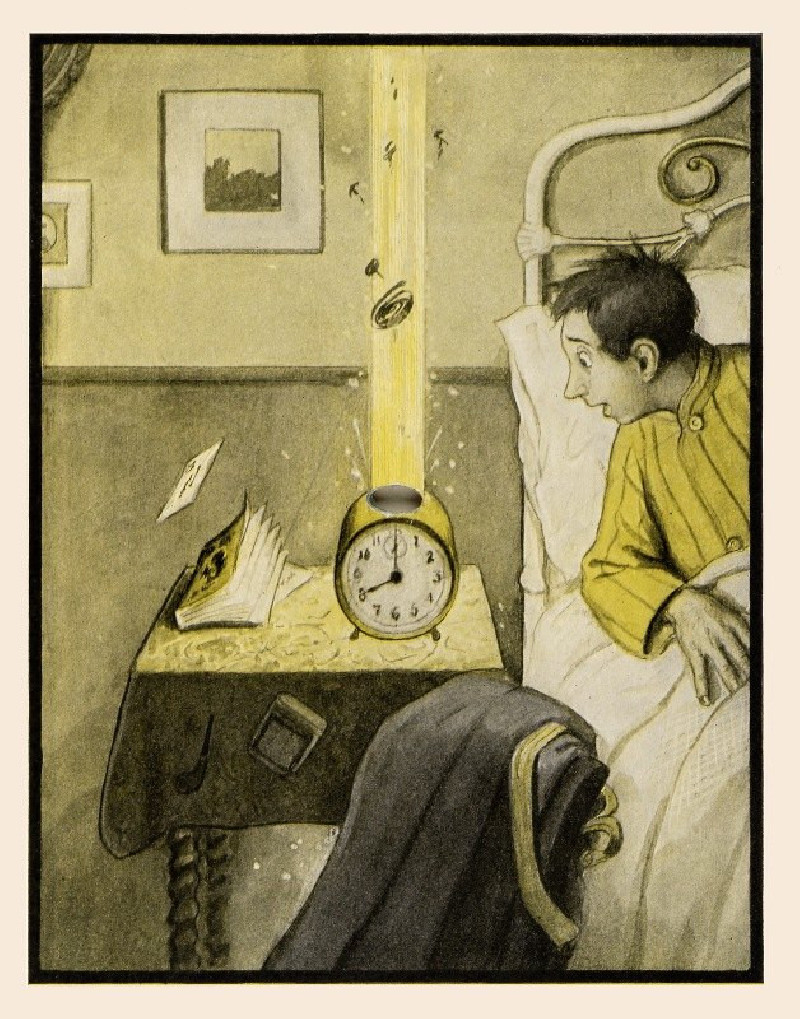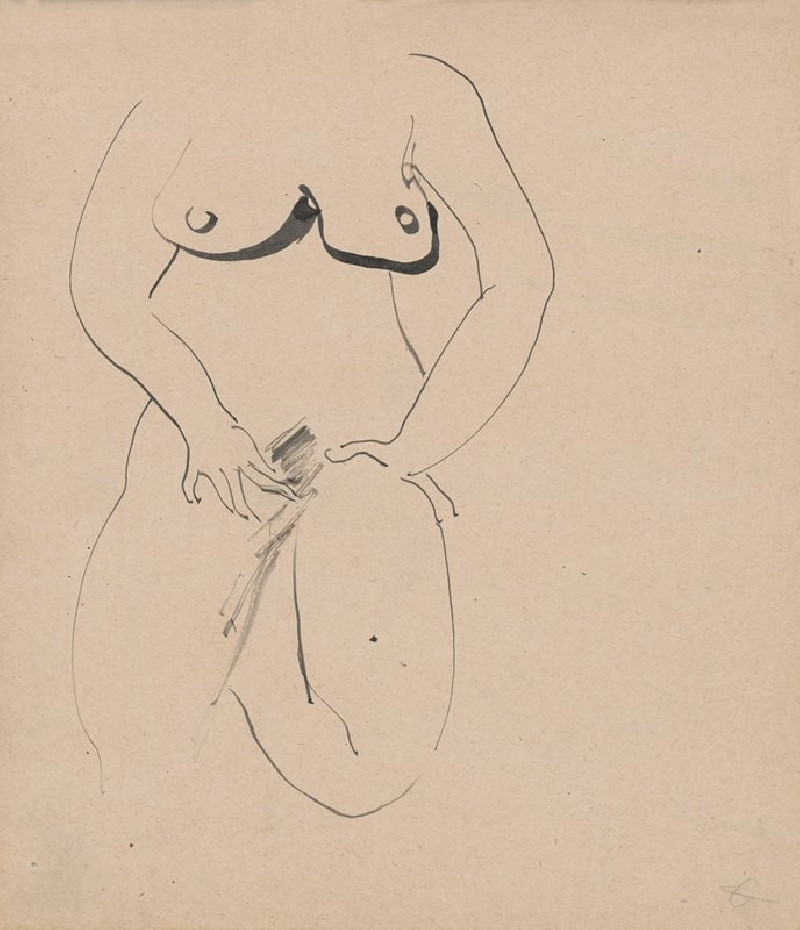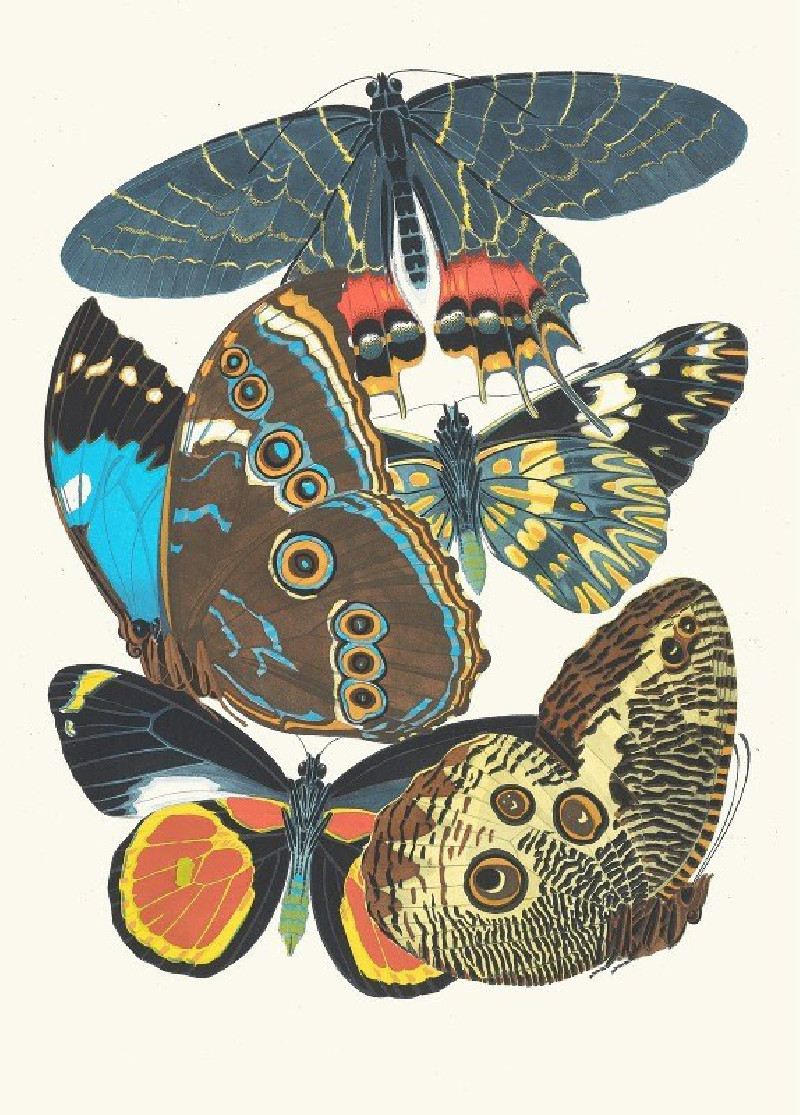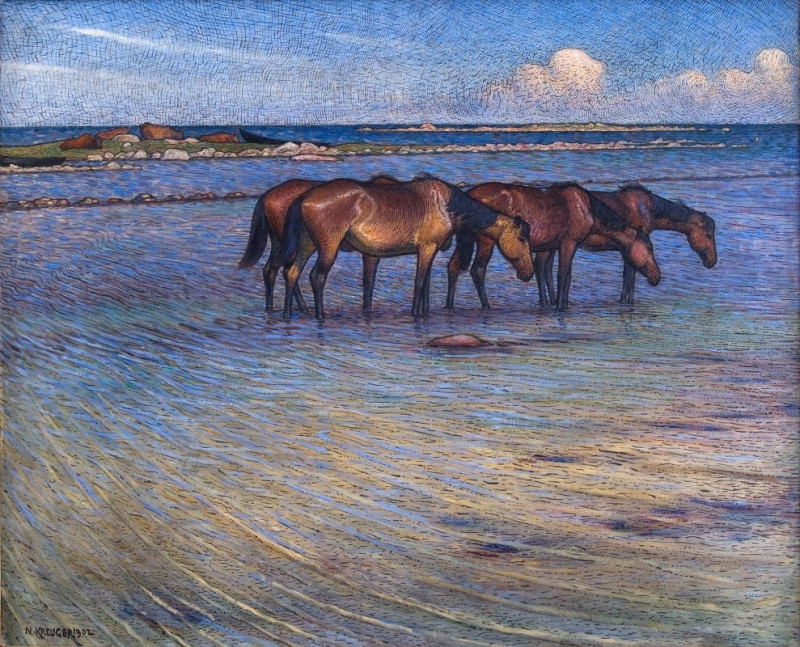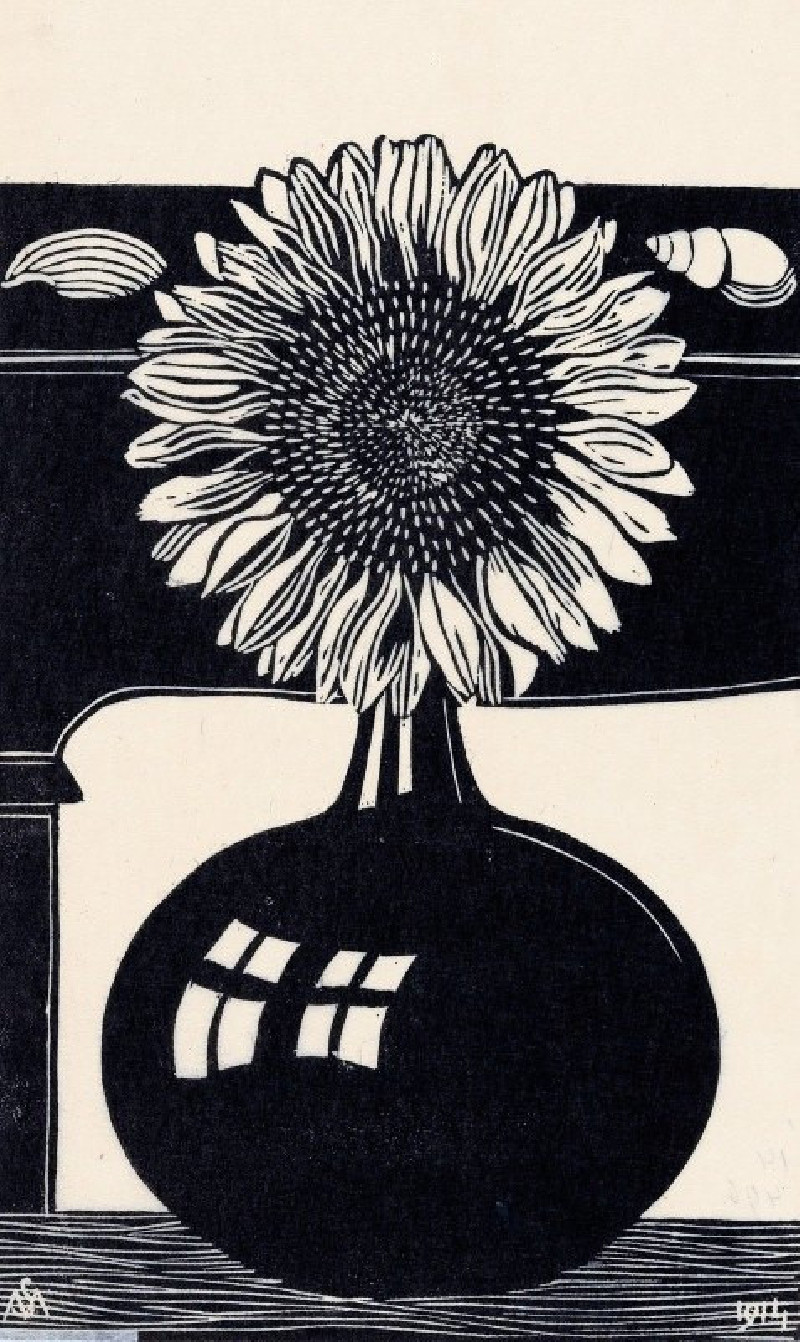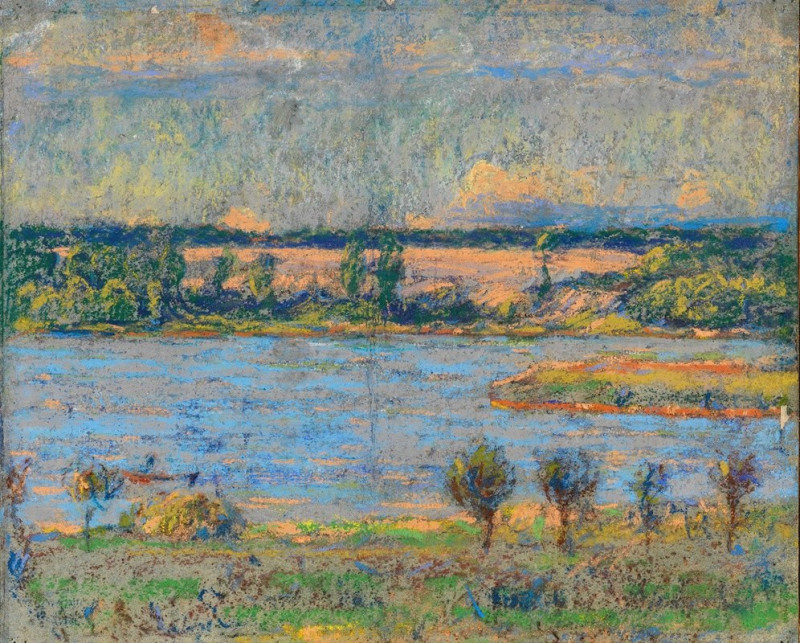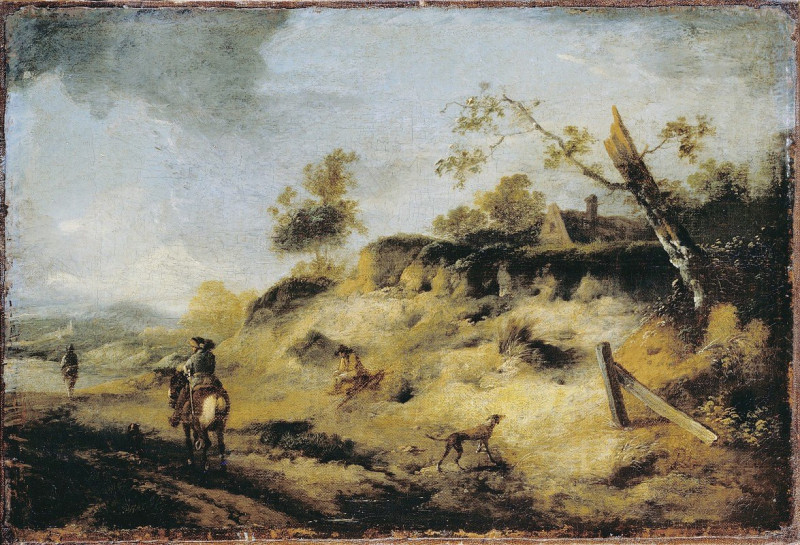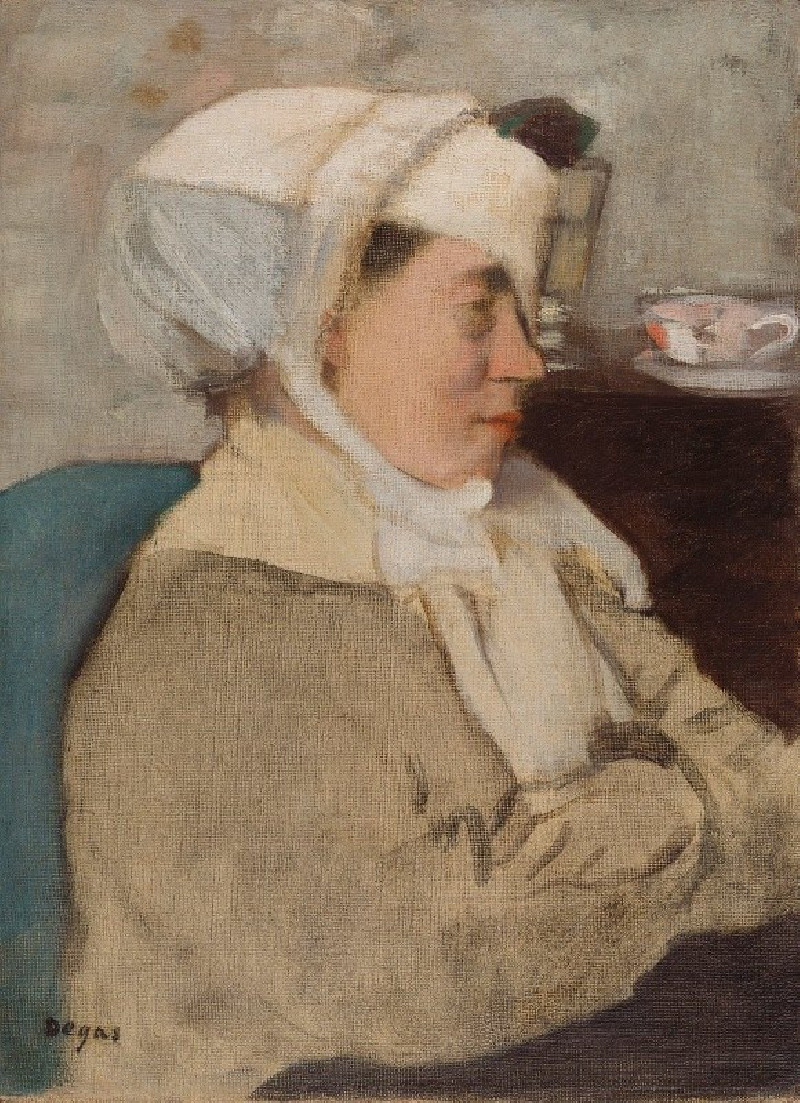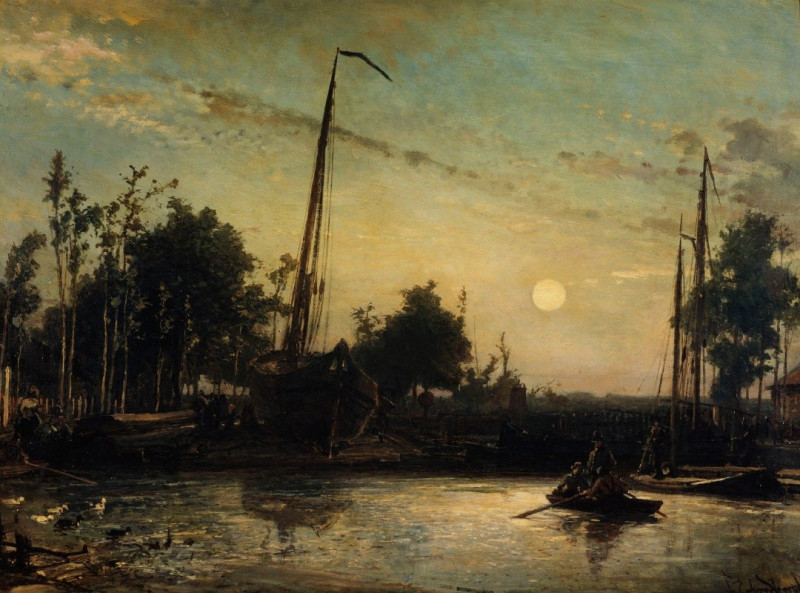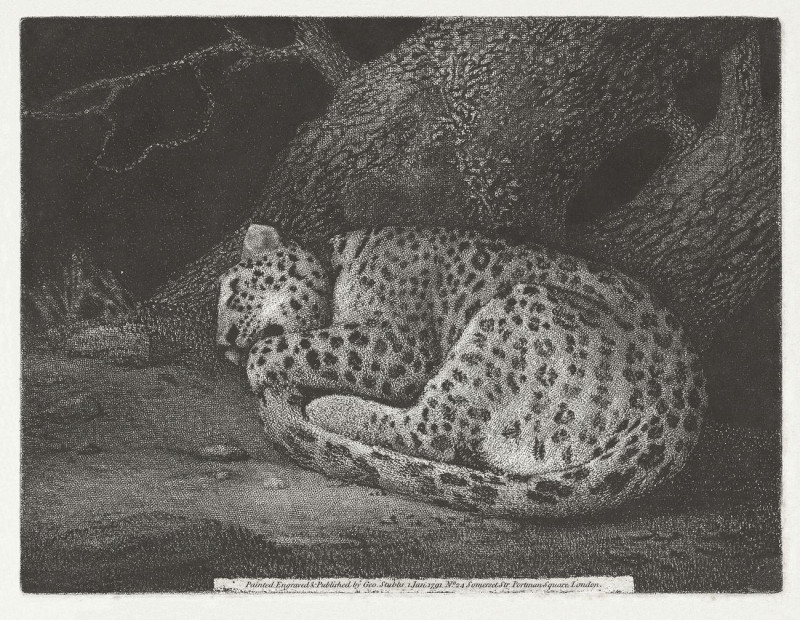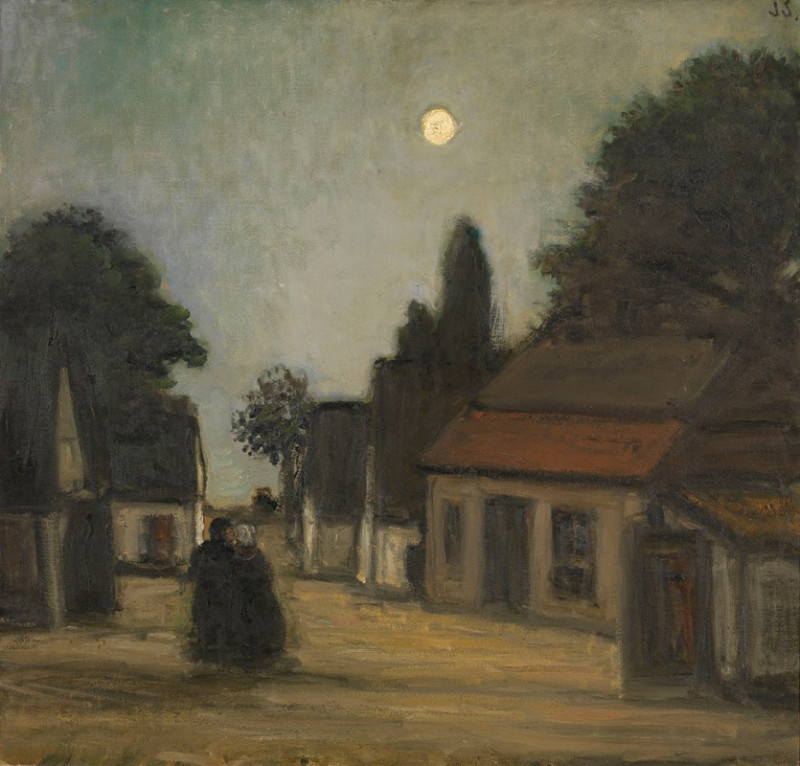Study for Master William Wilberforce (1824)
Technique: Giclée quality print
Recommended by our customers
More about this artwork
The image showcases a charming pencil sketch by John Linnell, titled "Study for Master William Wilberforce," completed in 1824. This delicate and detailed sketch captures the innocent and lively expression of a young child, likely a young boy, given the title. The artist's use of soft lines and careful shading brings out the youthful features, especially around the eyes and the playful curls of the hair.The composition focuses solely on the child's profile, giving it a poignant and intimate quality that depicts a moment of serene contemplation or mid-conversation. This artwork gives viewers a glimpse into early 19th-century portraiture style, showcasing Linnell’s skill in capturing the subtleties of human expressions.The sketch not only serves as a beautiful representation of youth but also holds historical value, possibly illustrating a connection to the famed abolitionist William Wilberforce through its title.
Delivery
Returns
John Linnell was an English engraver, and portrait and landscape painter. He was a naturalist and a rival to the artist John Constable. He had a taste for Northern European art of the Renaissance, particularly Albrecht Dürer. He also associated with Edward Thomas Daniell, and with William Blake, to whom he introduced the painter and writer Samuel Palmer and others.

